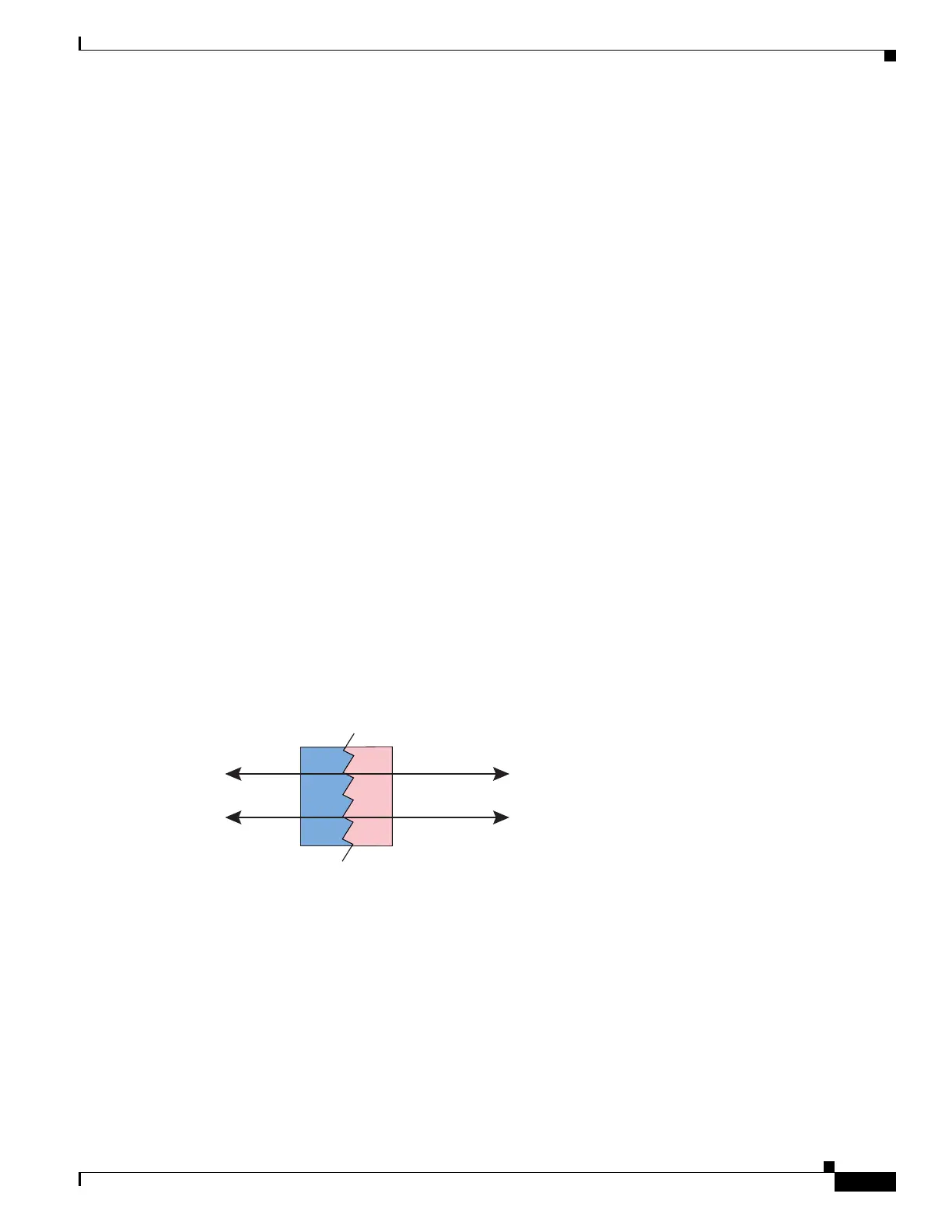26-3
Cisco ASA 5500 Series Configuration Guide using ASDM
OL-20339-01
Chapter 26 Information About NAT
NAT Types
This section includes the following topics:
• Static NAT, page 26-3
• Dynamic NAT, page 26-8
• Dynamic PAT, page 26-10
• Identity NAT, page 26-11
Static NAT
This section describes static NAT and includes the following topics:
• Information About Static NAT, page 26-3
• Information About Static NAT with Port Translation, page 26-3
• Information About One-to-Many Static NAT, page 26-6
• Information About Other Mapping Scenarios (Not Recommended), page 26-7
Information About Static NAT
Static NAT creates a fixed translation of a real address to a mapped address. Because the mapped address
is the same for each consecutive connection, static NAT allows bidirectional connection initiation, both
to and from the host (if an access rule exists that allows it). With dynamic NAT and PAT, on the other
hand, each host uses a different address or port for each subsequent translation, so bidirectional initiation
is not supported.
Figure 26-1 shows a typical static NAT scenario. The translation is always active so both real and remote
hosts can initiate connections.
Figure 26-1 Static NAT
Information About Static NAT with Port Translation
Static NAT with port translation lets you specify a real and mapped protocol (TCP or UDP) and port.
This section includes the following topics:
• Information About Static NAT with Port Address Translation, page 26-4
• Static NAT with Identity Port Translation, page 26-5
• Static NAT with Port Translation for Non-Standard Ports, page 26-5
• Static Interface NAT with Port Translation, page 26-5
10.1.1.1 209.165.201.1
Inside Outside
10.1.1.2 209.165.201.2
130035
Security
Appliance

